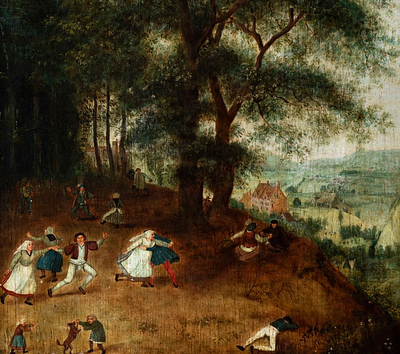Neapolitan school; circa 1700. "Appearance to Abraham." Oil on canvas.
Lot 87
About Seller
Setdart Auction House
Carrer Aragó 346
Barcelona
Spain
Setdart Subastas was born in 2004 and is currently the first online art auction in Spain with solidity, prestige and reliability guaranteed by our more than 60,000 users. Setdart has a young, dynamic and enterprising team ready to successfully manage the purchase and sale of art works through custom...Read more
Estimate:
EUR€5,000 - EUR€6,000
$5,376.34 - $6,451.61
Absentee vs Live bid
Two ways to bid:
- Leave a max absentee bid and the platform will bid on your behalf up to your maximum bid during the live auction.
- Bid live during the auction and your bids will be submitted real-time to the auctioneer.
Bid Increments
| Price | Bid Increment |
|---|---|
| EUR€0 | EUR€10 |
| EUR€200 | EUR€25 |
| EUR€500 | EUR€50 |
| EUR€1,000 | EUR€100 |
| EUR€3,000 | EUR€200 |
| EUR€5,000 | EUR€500 |
| EUR€10,000 | EUR€1,000 |
| EUR€20,000 | EUR€2,000 |
| EUR€50,000 | EUR€5,000 |
About Auction
By Setdart Auction House
Jun 30, 2021
Set Reminder
2021-06-30 08:30:00
2021-06-30 08:30:00
America/New_York
Bidsquare
Bidsquare : Old Masters
https://www.bidsquare.com/auctions/setdart-auction-house/old-masters-7134
Setdart Auction House sofia@setdart.com
Setdart Auction House sofia@setdart.com
- Lot Description
Neapolitan school; circa 1700. "Appearance to Abraham." Oil on canvas. It has repaints and a frame from a later period. Measures: 100 x 125 cm; 114 x 139 cm (frame). The Old Testament (Genesis 22) tells the story of how God (Yahweh) put Abraham to the test by commanding him to sacrifice his own son. Isaac, Abraham's firstborn, was a much desired child, since Sarah, Abraham's wife could not beget, until she received God's miracle. After the birth of Isaac, Abraham was urged by God to sacrifice his son. Abraham, together with Isaac, walked for three days in search of the place chosen by God, deceiving Isaac who believed that an animal would be sacrificed. At the precise moment when Abraham was about to sacrifice his son, an angel appeared saying: "Do not stretch out your hand against the child, nor do anything to him; for now I know that you fear God" and in that place he gave him a ram that he sacrificed instead of his son. In this scene the precise moment is presented to the act that defines the action of the story. The composition is dominated by the presence of Abraham, leaning on what seems to be the altar where the sacrifice was made, while in the celestial plane we can appreciate the representation of God, approaching his hands towards Abraham, but directing his gaze towards the boy who is placed in the background, together with several animals. On the right a fourth figure completes the scene, probably the angel that stops Abraham. The distinctive sign of the Neapolitan school has always been its strong naturalistic character, its warm color, with reddish and chestnut dominants and the cultivation, together with the altar painting, of a type of realistic painting its best exponent. In Naples the influence of José Ribera was equal or superior to that of Caravaggio. His naturalism, more sensual and material, more vigorous and vehement, less intellectual than that of the latter, becomes permeable over time to Venetian and Flemish influences, enriching color and lightening of technique, especially from 1635. His most faithful disciples are the Fracanzano family, Cesare (1600-51) and Francesco (1612-56), Bartolomeo Bassante (1614-56), Paolo Domenico Finoglia (1590-1645) and some others who later cultivated special genres such as Aniello Falcone (1607-56), Salvatore Rosa (1615-73) or Luca Giordano. However, from the Baroque period onwards, the colors were softened and nuanced without opting for tenebrism, but preserving a great theatricality in the representations.
- Shipping Info
-
In-house shipping available. Please inquire at admin@setdart.com.
-
- Buyer's Premium



 EUR
EUR CAD
CAD AUD
AUD GBP
GBP MXN
MXN HKD
HKD CNY
CNY MYR
MYR SEK
SEK SGD
SGD CHF
CHF THB
THB
















